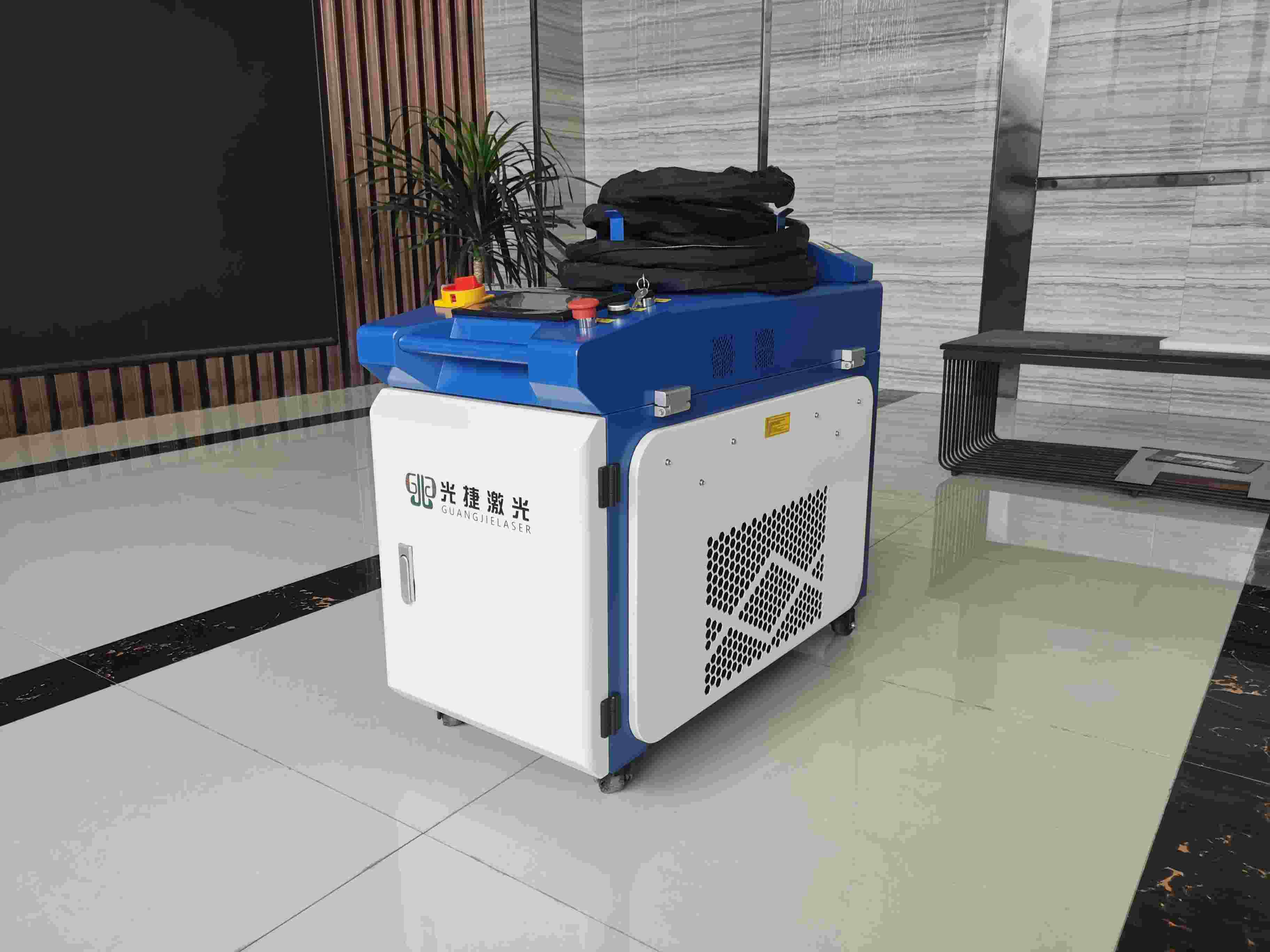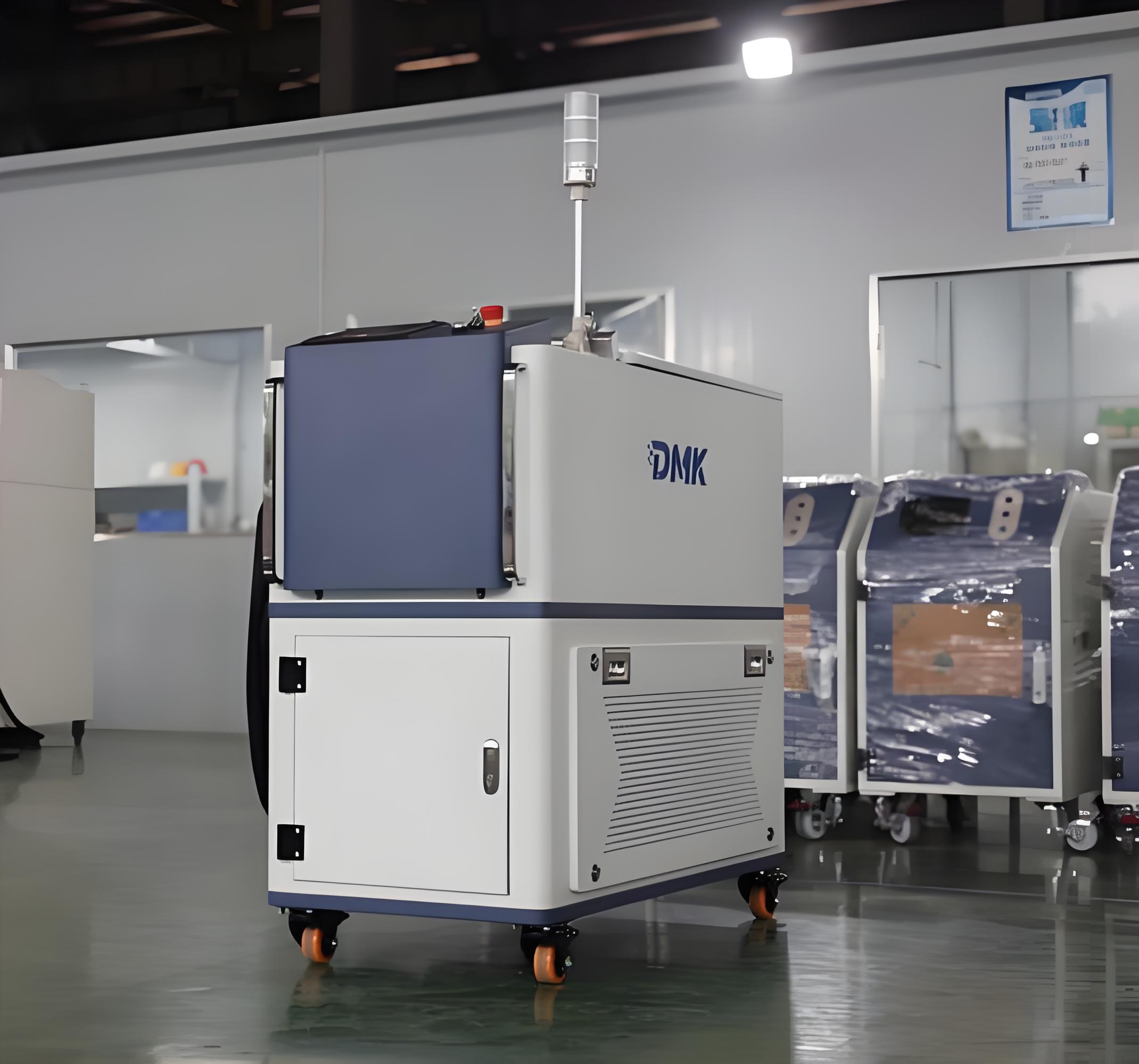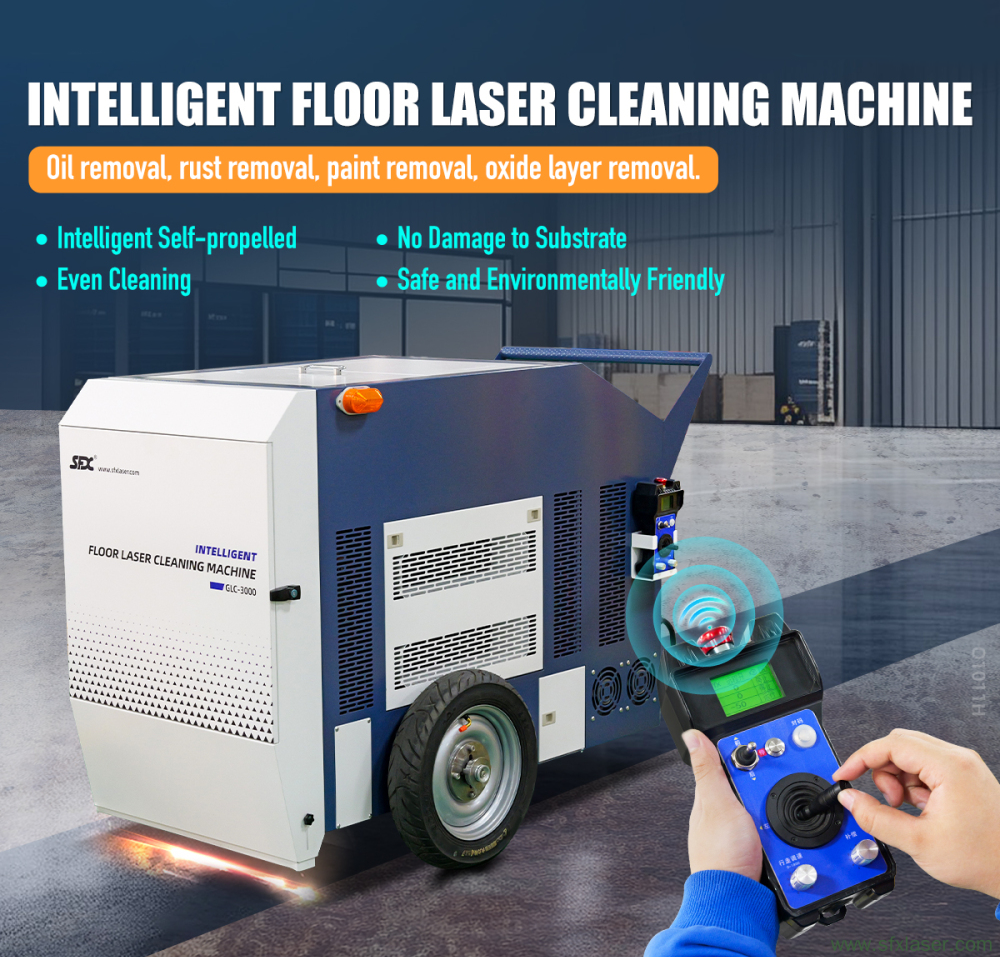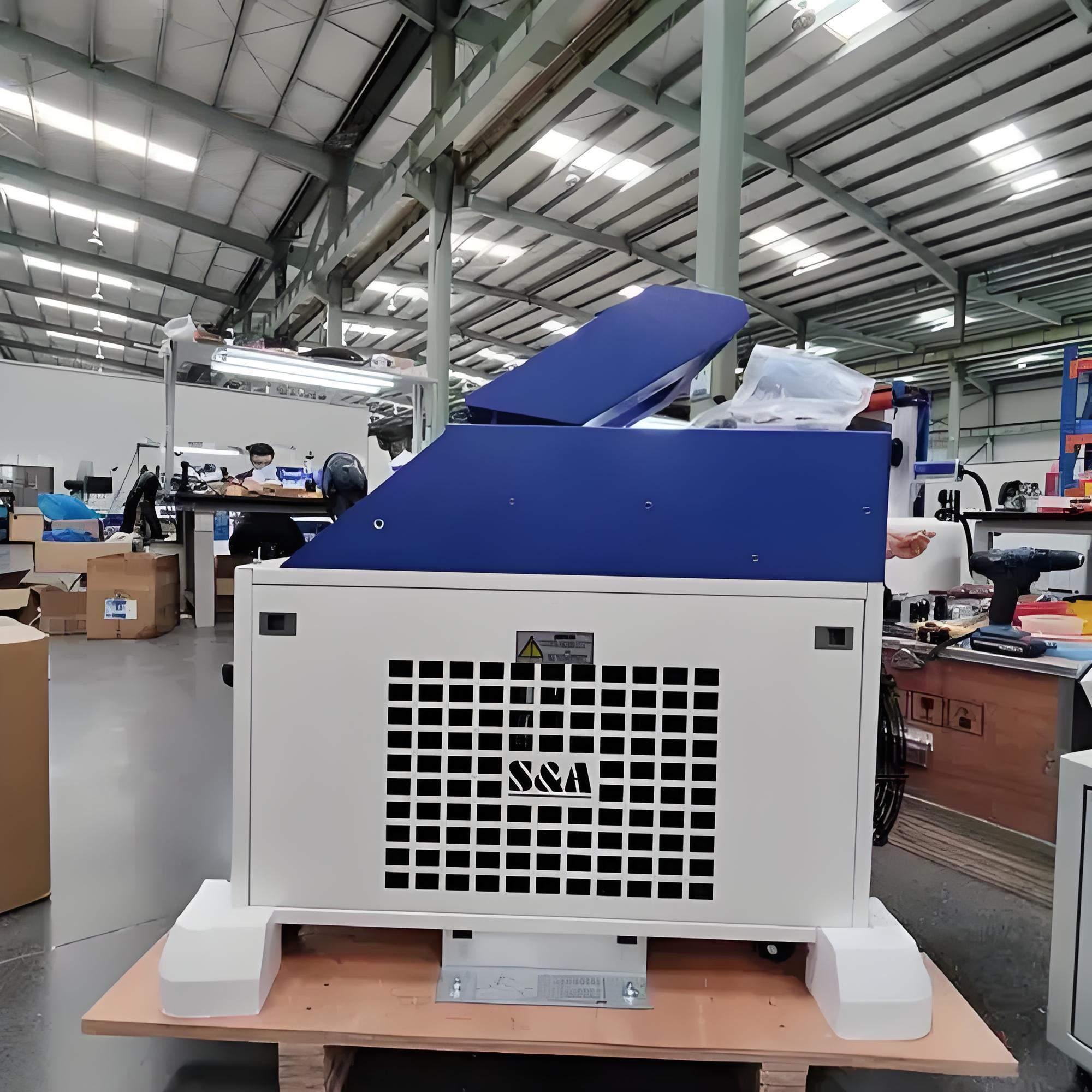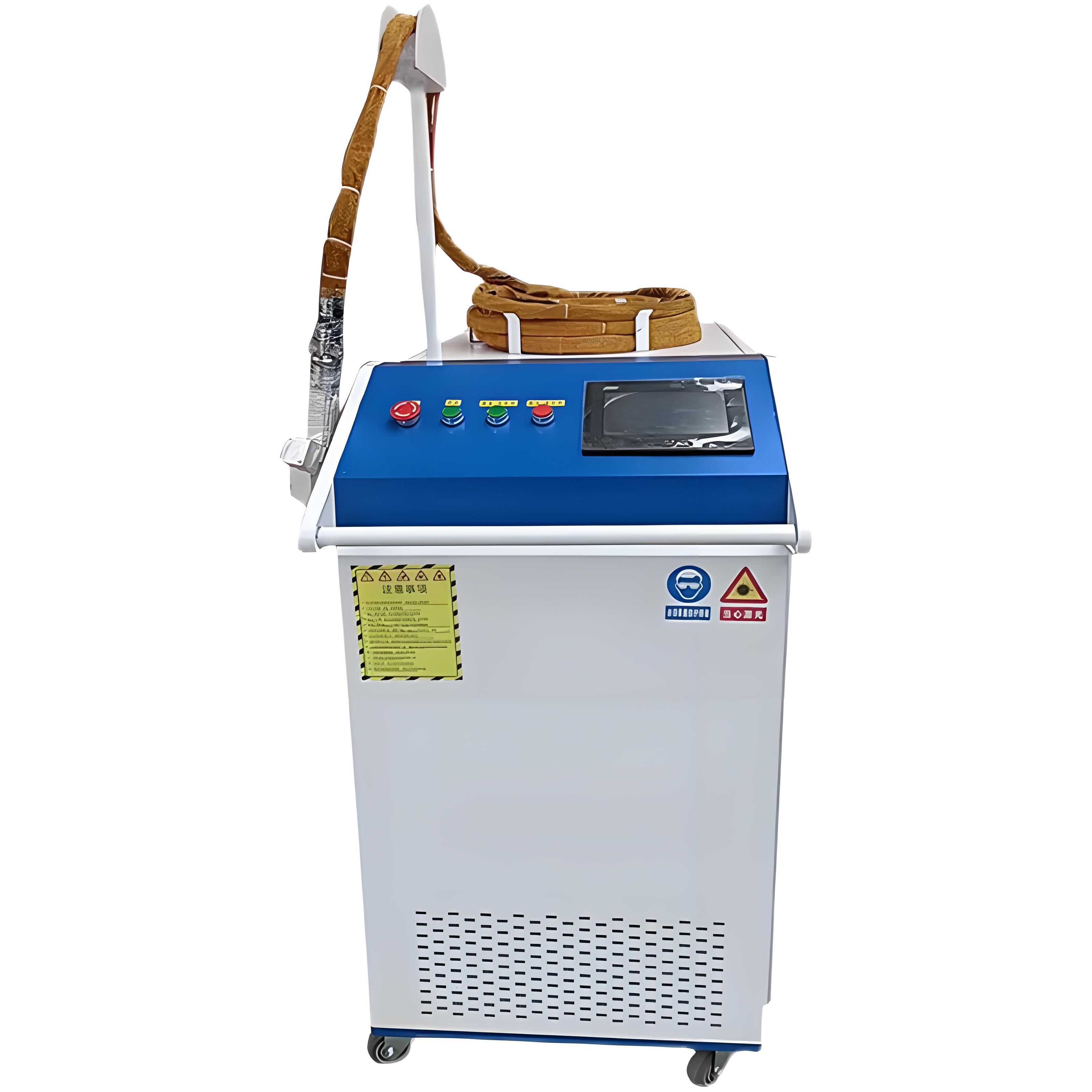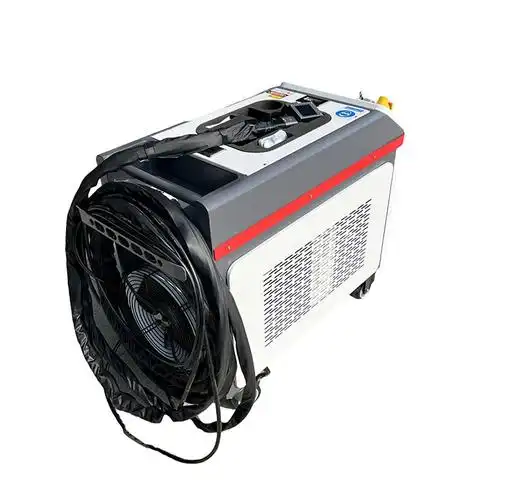The essence of laser rust removal is actually quite similar to what we do every day—it’s like washing our face or brushing our teeth to clean off dirt without harming our skin or teeth. So, how exactly does laser rust removal work? Let’s take a closer look together.
Laser Rust Removal Is Like Washing Your Face or Brushing Your Teeth
When we wash our face, we use water to rinse away dust and oil—the “dirt” on our skin—without hurting it. When we brush our teeth, the toothbrush, along with toothpaste, scrubs away plaque, protecting our teeth. Similarly, laser rust removal uses a laser as the “cleaner” to remove rust, paint, and other “dirt” from metal surfaces without damaging the underlying metal. Isn’t that amazing?
The common thread here is that both methods clean specific unwanted substances while preserving the original “body.” The only difference is the tools we use: water for washing, a toothbrush for brushing, and a laser for rust removal. If we used a steel wool pad to wash our face, it might clean the dirt but also hurt our skin—so we don’t do that. The same logic applies to laser rust removal: the goal is to remove rust without harming the metal beneath.
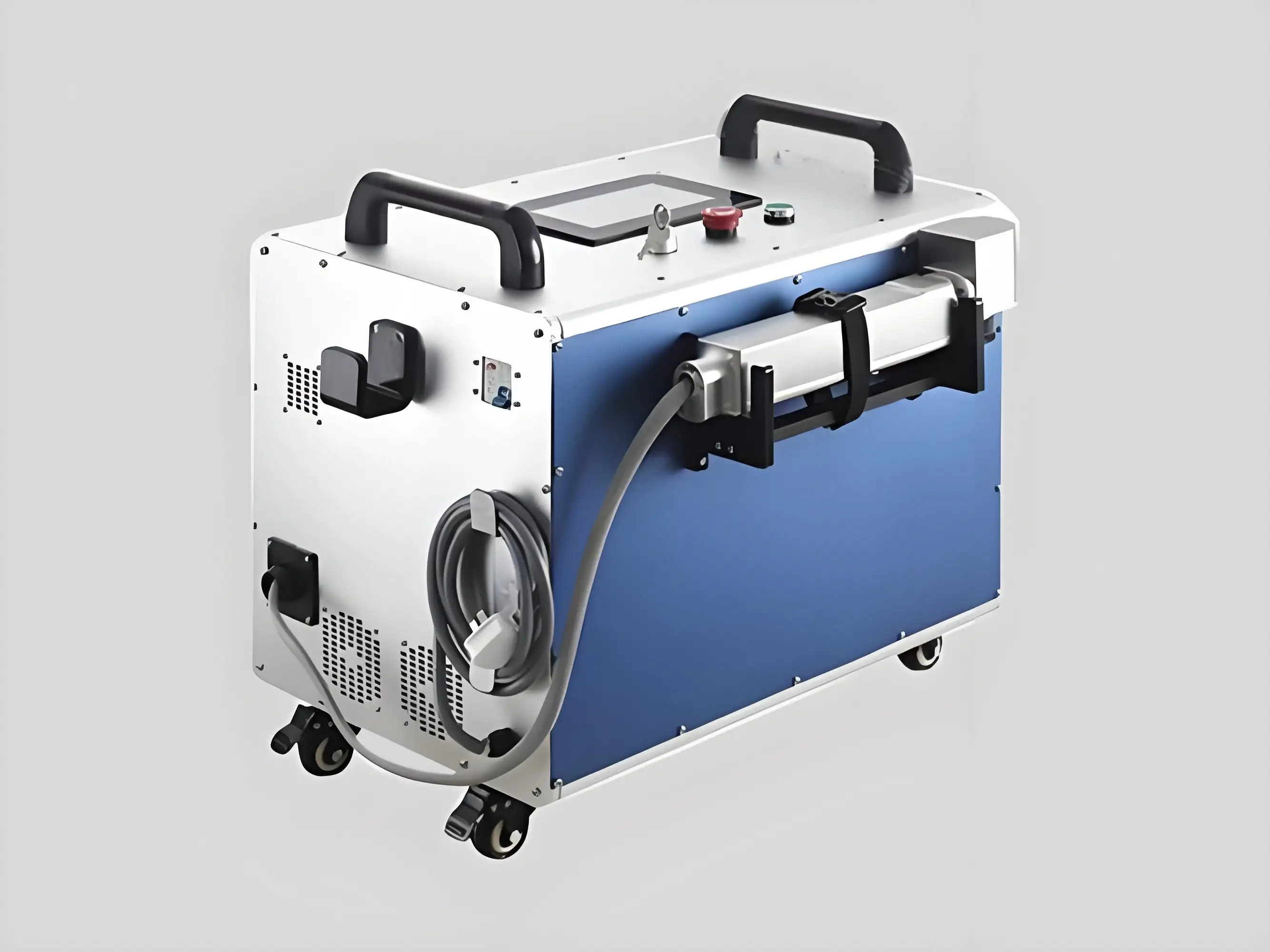
How Does the Laser Remove Only the Dirt Without Damaging the Metal?
Now, here’s the big question: How does the laser manage to remove only the rust without hurting the metal underneath? Let’s break it down by considering the material as two parts: the “dirt” on top (rust, paint, etc.) and the metal beneath.
If there were a laser that the “dirt” loved to absorb while the metal barely absorbed it, what would happen? The “dirt” would absorb the laser’s energy, heat up dramatically, and eventually turn into gas and “evaporate” away, while the metal, having absorbed very little energy, would remain intact. That’s how we could clean off the dirt without damaging the metal.
However, such a “picky” laser doesn’t exist yet. The most commonly used lasers in rust removal today are fiber lasers, which are somewhat “fair”—they have a higher absorption rate for conductive materials (like metals and rust) but a lower absorption rate for insulators (like plastics). They also absorb more from materials with low reflectivity (dark colors) and less from highly reflective materials (bright colors).
The Key Is Controlling the Laser’s “Strength”
So, how do we use fiber lasers to remove rust without damaging the metal? The secret lies in controlling the laser’s “strength,” or energy density. It’s like using chopsticks to pick up food—if you apply too little force, you can’t grab it; if you apply too much, you might crush it.
If the laser’s energy density is too low, it won’t be able to remove the rust. If it’s too high, it will damage the metal.
After research, experts like Dun Lei have found the optimal energy range. Within this range, the laser provides enough energy for the rust to absorb and turn into gas or break into tiny particles that fall off, while the metal absorbs just a little energy—enough to be cleaned but not enough to be harmed. In this way, the laser acts like a well-trained cleaner, scrubbing the metal surface spotless without damaging the “house” beneath.
Now You Know the Secret of Laser Rust Removal
So, laser rust removal uses this magical tool—the laser—by carefully controlling its “strength” to remove dirt from metal surfaces while protecting the metal itself. Isn’t that fascinating? Next time you see something rusty, just imagine how a laser could give it a “shower” and restore it to its original shine!*

